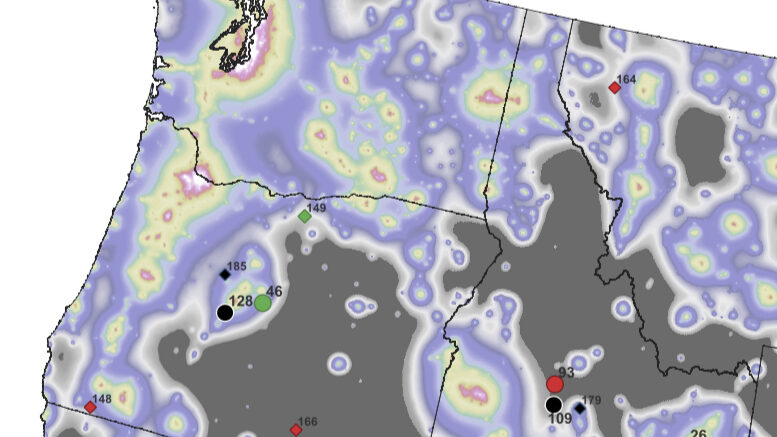Curious about which places in the US are already applying to become a dark sky site? Have an idea for a new dark sky site and unsure if there’s already an active application? Looking to help out with an existing application or get the ball rolling? We’ve got you covered! Please note that this is using data from August 2022, so the numbers change as more places apply and places get accepted. Being an IDA Dark Sky location is based on current light pollution levels and maintaining a constant level of low light pollution going forward.
There are 131 recognized IDA dark sky sites and 74 places with applications. The author created table below shows this breakdown.
| Parks | Sanctuary | Reserve | Community | Urban Park | Developments | |
| In Progress | 30 | 5 | 4 | 25 | 10 | 0 |
| Existing | 84 | 8 | 2 | 26 | 5 | 6 |
Let’s take a look at this data in a bit more detail and then provide details by geography. There are no more dark sky communities as that was discontinued. But what we see that the program has grown as more volunteers have worked with the IDA to understand the requirements and assist with creating more IDA dark sky places.
Moreover, what we can see is that the number of in progress parks is healthy, with most states in the US having at least 1 spot, with western states in the US having larger numbers of IDA sites as compared to the Eastern US. With areas that are highly populated, we see fewer IDA sites.
The full image can be found at: https://cosmospnw.com/wp-content/uploads/2023/02/US_Map_DarkSkyPlaces_Aug_13_2022_v6.pdf
If you know of any locations that should become an IDA dark sky park, reach out to us, an IDA chapter in your area, or the IDA for more assistance.
What do you think? Did we miss anything? Let us know in the comments below or via social media. We post articles regularly, on a weekly basis, so come back next week for more articles like this!

Be the first to comment on "IDA Recognized US Dark Sky Places"